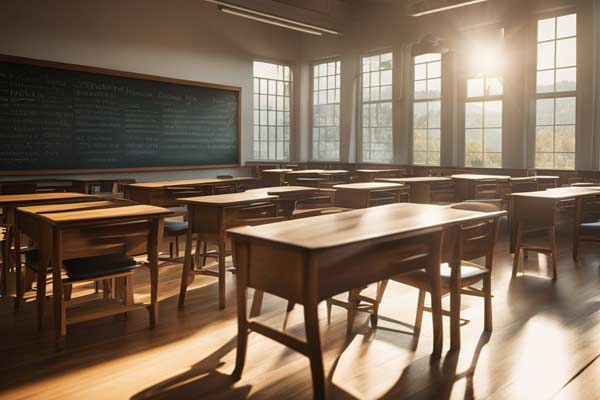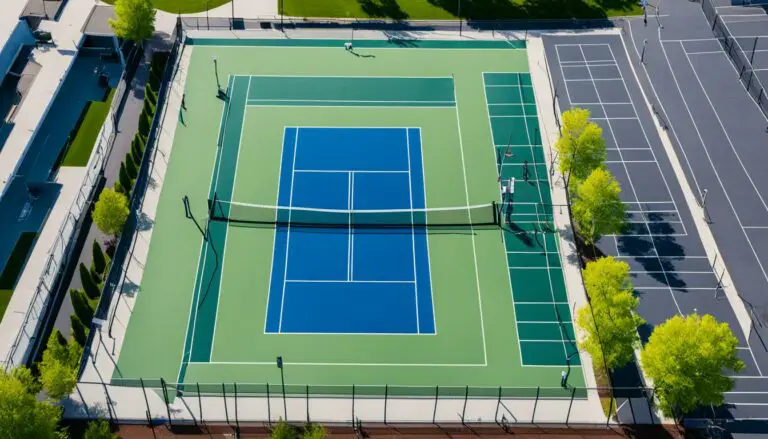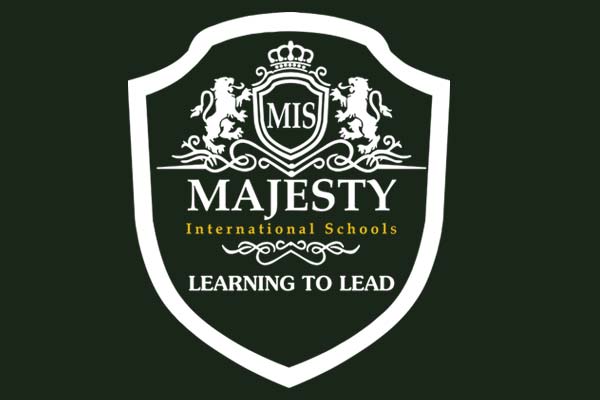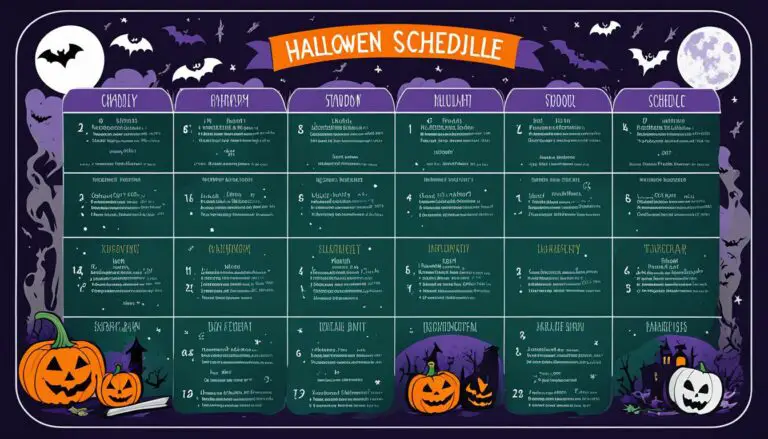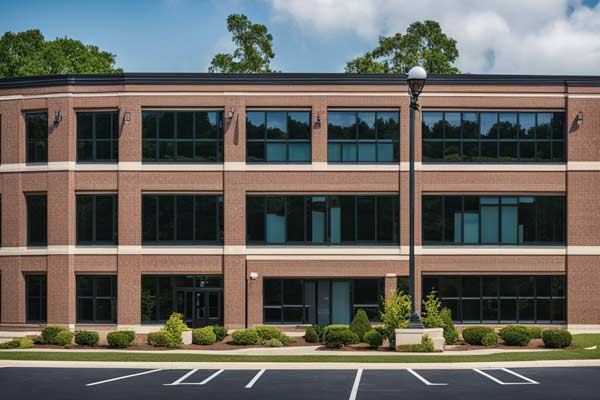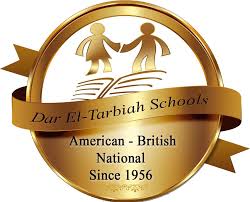How Many Residential Schools in Canada? The Untold Numbers Exposed
There is no denying that the residential school system in Canada is a dark chapter in the country’s history.
Indigenous children were forcibly taken from their families for over a century and placed in government-funded, church-run residential schools.
These schools aimed to assimilate Indigenous children into Canadian culture by eradicating their language, culture, and traditions.
One of the most common questions about the residential school system is how many schools were in Canada? According to the Indian Residential School Settlement Agreement (IRSSA), 139 residential schools across Canada have been formally recognized.
However, it is essential to note that this number excludes schools without federal support. The number of residential schools in Canada is estimated to be closer to 130.
History of Residential Schools in Canada
Residential schools in Canada have a troubling history. The initial church-operated Indian Residential School emerged in 1831.
By the 1880s, the federal government had formally committed to financing these schools nationwide. The primary goal was to detach Indigenous children from their families and heritage.
From launching three industrial schools on the prairies in 1883, the federal government and various churches collaborated to expand the residential school system throughout the country over the next fifty years.
The schools were established under the Indian Act, which gave the federal government control over many aspects of Indigenous people’s lives, including their education.
Designed to integrate Indigenous children into Euro-Canadian culture, the residential school system achieved this by separating them from their families, communities, and cultural backgrounds.
Children were often taken from their homes without their parent’s consent and forced to attend school. The schools were often overcrowded, poorly built, and lacked basic amenities like running water and proper sanitation.
🌟 Hey Students! 🚀 Ready for the ultimate experience? Join us on Studentsinside.com's Facebook, YouTube, WhatsApp, and LinkedIn. Click now for tips, fun, and success vibes! 🌈✨ #StudentLife #JoinUs
Christian groups like the Roman Catholic Church and the Anglican Church, along with others, were in charge of these schools. But, the schools had problems – not enough staff and the ones they had weren’t trained properly. This led to kids suffering from physical, emotional, and sexual abuse.
Even though the last residential school in Canada closed in 1996, its impact is still felt. Indigenous people today deal with lasting effects like trauma passed down through generations, losing their language and culture, and not trusting the Canadian government and institutions.
The Truth and Reconciliation Commission of Canada was formed to tackle the repercussions of residential schools. It is tasked with addressing the historical challenges stemming from these schools and promoting reconciliation between Indigenous and non-Indigenous communities in Canada.
Geographical Distribution of Residential Schools
The residential school system was widespread across Canada, with schools in almost every province and territory. The map below, provided by The Canadian Encyclopedia, shows the location of many residential schools in Canada.
Schools are unevenly spread across the map, with a notable clustering in the western provinces such as British Columbia, Alberta, and Saskatchewan. Ontario, Manitoba, and Quebec also have schools, albeit in fewer numbers. In contrast, Prince Edward Island, New Brunswick, Newfoundland, and Labrador are less represented, each having only one residential school.
The territories, including Yukon, Northwest Territories, and Nunavut, also had residential schools. Nunavut had the highest number of schools per capita, with one for every 33 Inuit children.
The locations of the schools were often chosen to be far away from Indigenous communities, making it difficult for families to visit their children.
This was intentional, as the government believed that removing children from their families and communities would make assimilating them into Canadian society easier.
The land on which the schools were built was often taken without consent or compensation from Indigenous communities. This further contributed to the trauma experienced by Indigenous peoples and their ongoing struggles for land rights and sovereignty.
Role of Churches
Indian Residential Schools were created to make Indigenous Peoples of Canada adopt Western culture and Christianity. Churches were heavily involved in setting up, running, and maintaining these schools.
The Roman Catholic Church was the largest in the residential school system, operating around 60% of the schools.
The United Church of Canada operated most of the remaining schools, while smaller numbers were run by the Anglican, Presbyterian, and other Christian denominations.
The state officials saw the churches as agents of change who believed they could bring about rapid transformation in the Indigenous Peoples of Canada. The churches received financial support from the government to operate these schools.
Indian Residential Schools were created to make Indigenous Peoples of Canada adopt Western culture and Christianity. Churches were heavily involved in setting up, running, and maintaining these schools.
However, the methods used by the schools were often cruel and abusive, resulting in the loss of language, culture, and identity for many Indigenous children.
The involvement of the churches in the residential school system has been a source of controversy and criticism. In recent years, the Roman Catholic Church has come under scrutiny for its role in the residential school system, with Pope Francis issuing an apology in 2021 for the church’s involvement. The United Church of Canada has also apologized for its role in the system.
Impact on Indigenous Peoples
Indigenous communities have been deeply affected by residential schools. These schools aimed to make Indigenous children adopt Euro-Canadian ways, causing them to lose their cultures, languages, and sense of self.
The trauma experienced by the children who attended these schools has been passed down through generations, affecting families and communities today.
Survivors of residential schools have reported physical, emotional, and sexual abuse, neglect, and inadequate living conditions.
Many children were forcibly removed from their families and communities, causing further trauma and loss of cultural connections.
The schools were also responsible for the deaths of many children due to disease, malnutrition, and neglect.
The residential school system inflicted a cultural genocide that significantly harmed Indigenous cultures and languages.
The policies of these schools, which prohibited the use of Indigenous languages and punished children for speaking them, led to the loss or severe endangerment of many Indigenous languages.
Additionally, suppressing Indigenous cultures compelled children to adopt Euro-Canadian customs and beliefs.
The repercussions of residential schools persist, manifesting as intergenerational trauma that continues to impact Indigenous families and communities today.
It is crucial to engage in healing and reconciliation efforts to address the profound harm caused by the residential school system and to assist Indigenous peoples in reclaiming their cultures, languages, and identities.
Truth and Reconciliation Commission
Between 2008 and 2014, the Truth and Reconciliation Commission of Canada (TRC) was established to address the legacy of residential schools across Canada.
Part of the Indian Residential Schools Settlement Agreement, the commission was established, marking a significant milestone in Canadian history as the largest class-action settlement.
The mandate of the TRC included collecting all relevant archival documents relating to the residential schools from church and government bodies, hosting seven national reconciliation events containing statements from survivors, and overseeing a commemoration fund to support community reconciliation events.
The TRC heard and documented the testimonies of approximately 7,000 residential school survivors. The commission’s final report, released in 2015, included 94 calls to action to redress the harm caused by residential schools and advance the reconciliation process between Indigenous and non-Indigenous people in Canada.
The TRC’s calls to action include measures to address the ongoing impacts of residential schools, such as improving access to health care, education, and employment for Indigenous people.
The commission said we should recognize Indigenous rights more and follow the United Nations Declaration on the Rights of Indigenous Peoples.
So, they made the National Centre for Truth and Reconciliation keep all the TRC documents. This center also helps people learn about residential schools and how we work on reconciliation.
Murray Sinclair, a former judge and senator, served as the chair of the TRC and played a critical role in advancing the reconciliation process in Canada.
The work of the commission and the ongoing efforts to implement its recommendations are essential steps toward addressing the legacy of residential schools and promoting justice and reconciliation in Canada.
Government Response and Apologies
The Canadian government has apologized for the residential school system, a dark chapter in the country’s history. The system was established in the 19th century to assimilate Indigenous children into Canadian society.
The government worked with various churches to operate these schools, often far from home, and subjected children to physical, emotional, and sexual abuse.
In 2008, Prime Minister Stephen Harper apologized to Indigenous peoples for the residential schools. He admitted it was wrong, felt bad about the government’s part, and wanted to make things right. The Canadian government and people said, “We messed up, and we’re sorry.”
In 2015, Prime Minister Justin Trudeau committed his government to fostering reconciliation with Indigenous communities.
He pledged to carry out the recommendations of the Truth and Reconciliation Commission, formed to examine the residential school system and its lasting effects.
The commission’s report called for various measures, including an official apology from the Pope and the Catholic Church, which operated many schools.
After the history of residential schools, Canada took steps. In 2017, it started looking into why Indigenous women and girls were missing or murdered with the National Inquiry. They also gave money for Indigenous-led projects to help heal and come together.
While the government’s response to the residential school system has been significant, many Indigenous peoples feel that more needs to be done.
Unmarked graves found at old residential schools have sparked new concerns. People are asking for more apologies, investigations, and reparations.
The government promises to keep working on making things suitable for Indigenous communities, but it will be a challenging and long journey.
Compensation and Legal Actions
The Indian Residential Schools Settlement Agreement is the biggest deal in Canadian history. It apologized for the harm caused by residential schools to Indigenous people and set up a massive fund, billions of dollars, to help former students improve.
The cost of compensating thousands of victims of Canada’s notorious residential schools amounted to more than $3 billion.
Under the IRSSA, former residential school students were eligible to receive two types of compensation: a Common Experience Payment (CEP) and an Independent Assessment Process (IAP).
The CEP granted a flat payment of $10,000 to every eligible former student, irrespective of whether they had encountered abuse.
On the other hand, the IAP provided a mechanism for former students who had experienced abuse to obtain extra compensation, determined by the severity and duration of the abuse they endured.
In addition to the IRSSA, there have been other legal actions related to residential schools. In 2023, Canada settled a lawsuit seeking compensation for the loss of language and culture caused by residential schools, agreeing to pay more than $2 billion to hundreds of Indigenous communities.
A $2.8-billion settlement was declared in a class-action lawsuit to compensate for the damage caused to language and culture due to residential schools.
Recent Discoveries and Reactions
Since May 2021, the remains of more than 1,000 people, mostly children, have been discovered on the grounds of three former residential schools in two Canadian provinces.
Uncovering 215 children’s remains in Kamloops in May brought attention to Canada’s historical practices of enforced assimilation at residential schools.
These recent discoveries have shocked and horrified Canadians, especially Indigenous peoples, whose ancestors were forced to attend these schools.
As a result of these discoveries, there has been a national day for truth and reconciliation declared in Canada, which will be observed annually on September 30th.
This day is meant to honor the survivors of residential schools and to remember those who did not survive. It is also a day for Canadians to learn more about the history and legacy of residential schools and to work towards reconciliation.
In response to the discoveries, there have been calls for further searches of residential school grounds across Canada. The Canadian government has pledged to provide funding for these searches.
The Canadian Human Rights Commission has also called for an investigation of the grounds of every residential school in Canada.
The reactions to these discoveries have been mixed. While many Canadians are shocked and saddened by the news, some have expressed disbelief and denial. I
t is vital for Canadians to understand the gravity of these discoveries and acknowledge the harm done to Indigenous peoples through the residential school system. Only through understanding and acknowledgment can true reconciliation be achieved.
Legacy and Ongoing Issues
The Canadian residential school system had a significant impact on Indigenous communities. It was meant to make Indigenous kids part of Canadian society by taking them away from their families and communities.
They were forced to give up their traditions, languages, and who they were. The result is a long-lasting legacy of pain, loss, and harm that passes down through generations.
Indigenous leaders and communities have been calling for recognition and reconciliation for the harms caused by residential schools for decades.
Established in 2008, the Truth and Reconciliation Commission of Canada aimed to examine the lasting effects of residential schools and propose steps for reconciliation.
In its 2015 final report, the commission put forth 94 calls to action, outlining measures to address the continuing impact of residential schools on Indigenous communities.
The legacy of residential schools is not just a historical issue. The ongoing impacts of the system are still felt today. Indigenous peoples continue to face systemic discrimination and racism in Canadian society.
Poverty, substandard housing, and limited access to vital services such as clean water and healthcare pose significant challenges for numerous Indigenous communities.
The trauma and loss caused by residential schools have also contributed to high rates of mental health issues and substance abuse among Indigenous peoples.
Addressing the lasting effects of residential schools, the Canadian government is actively working to assist Indigenous communities.
They have pledged financial support for these communities’ mental health services, education, and infrastructure.
A national crisis line has also been established to support residential school survivors and their families. However, many Indigenous peoples continue to face barriers to accessing these resources.
Recognizing the significance of residential schools in shaping the experiences of Indigenous peoples is vital for Canadians.
Addressing the intricate legacy of these institutions requires continuous attention and action. Supporting initiatives focused on reconciliation and healing is essential.

